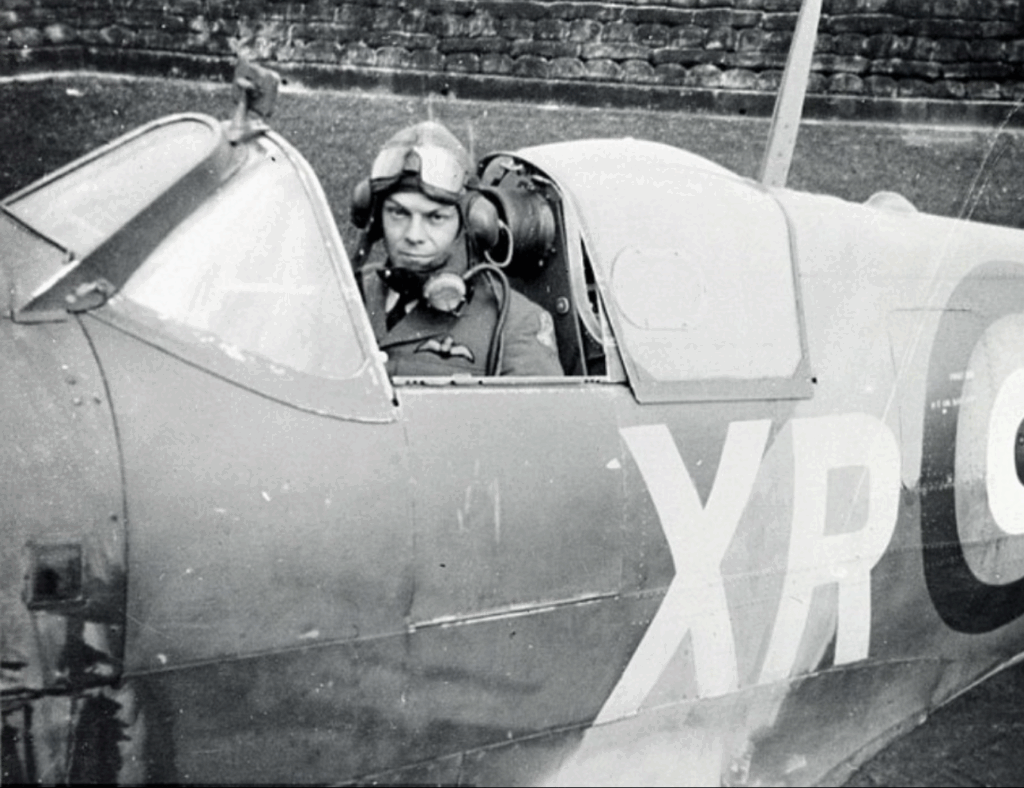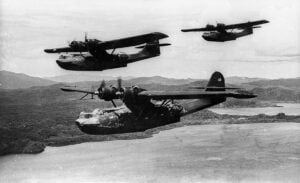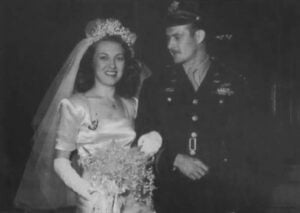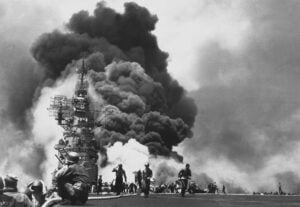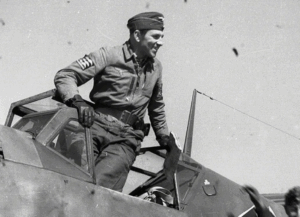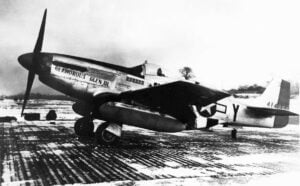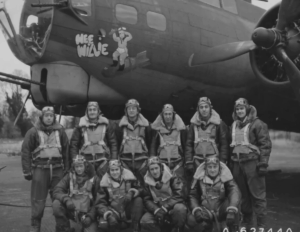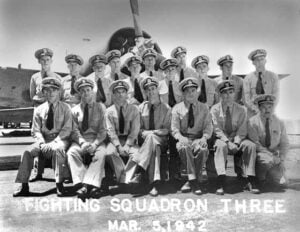The Incredible Story of America’s First Ace Pilot in World War II
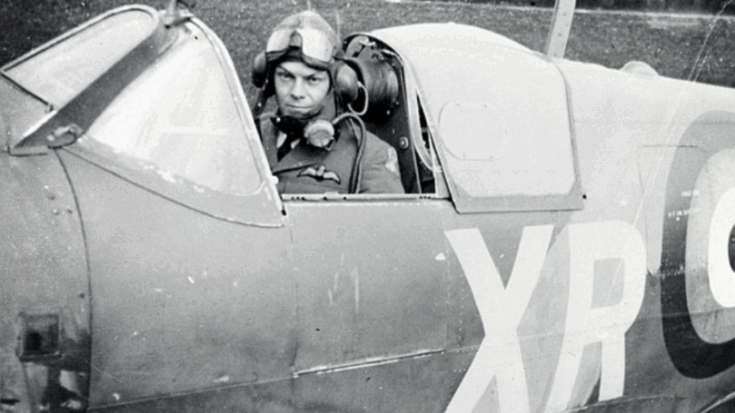
American Air Museum in Britain / Facebook
An American in a Foreign Squadron
Before the United States officially entered World War II, some Americans felt strongly enough about the fight in Europe to take matters into their own hands. One of them was William Dunn, who would later become the first American ace of the war. On August 27, 1941, while flying for Britain’s Royal Air Force, Dunn secured his place in history after downing his fifth enemy aircraft in combat.
Dunn’s path to the RAF was far from ordinary. He first joined the U.S. Army in 1934 but was discharged a year later. When war broke out in Europe, he crossed the border into Canada and joined the Canadian Army in 1939. By late 1940, he had transferred to the Royal Air Force, becoming part of No. 71 Squadron—better known as one of the “Eagle Squadrons” formed of American volunteers. These pilots joined the fight against Germany even though their own country was still officially neutral.
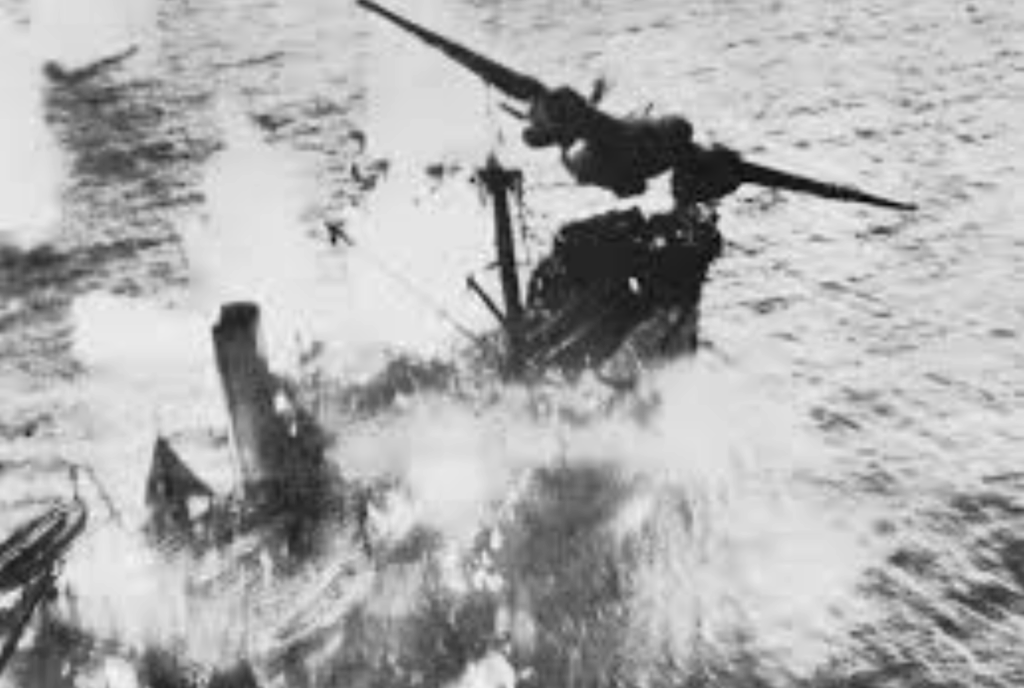
Combat Over France
Flying the Supermarine Spitfire Mark II, Dunn and his fellow squadron members escorted bombers over occupied France. On the day he became an ace, they were heading to Lille when they encountered German Messerschmitt 109 fighters. In the air battle that followed, Dunn was wounded. A machine gun round grazed his head, and bullets struck his right calf and foot.
Despite these serious injuries, Dunn managed to down another German aircraft—his fifth—and escaped across the English Channel. He landed his damaged plane at an airfield in Hawkinge, England and was taken to a hospital. While recovering, he discovered that another pilot, Gregory Daymond, had been given credit as the first American ace. The confusion would take years to clear up.
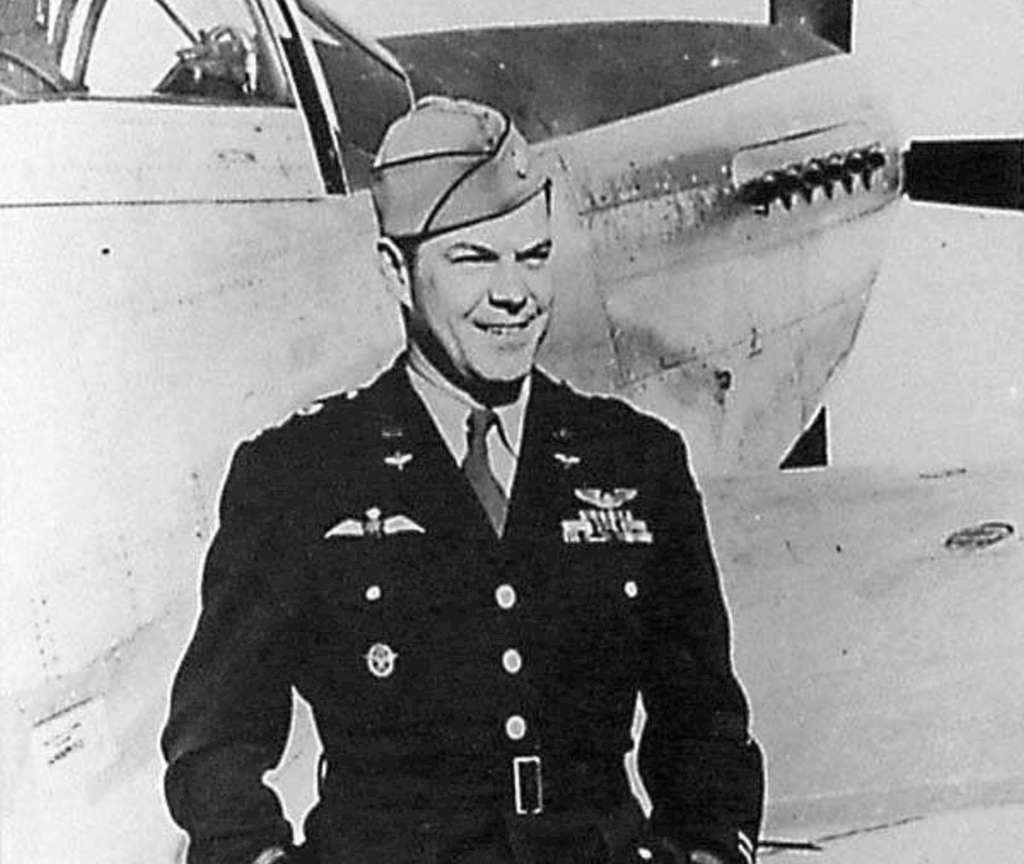
Recognition After the Fact
After healing, Dunn became an instructor for the Royal Canadian Air Force, then transferred to the U.S. Army Air Corps in 1943. Meanwhile, No. 71 Squadron officially became part of the U.S. forces in September 1942, renamed as the 334th Fighter Squadron within the 4th Fighter Group.
Dunn continued to fly and later served in Korea and Vietnam, eventually retiring as a lieutenant colonel with 378 combat missions. But it wasn’t until 1965 that the record of his achievements was revisited. When the Air Force Museum requested memorabilia from former pilots, Dunn submitted his logbook, photos, and uniform.
Reviewing this detailed logbook helped clarify the timeline. Dunn had been precise in documenting his missions, unlike some other pilots of the time. This helped aviation historians confirm that he was, in fact, the first American ace of the war. In 1968, the American Fighter Aces Association officially recognized his achievement.
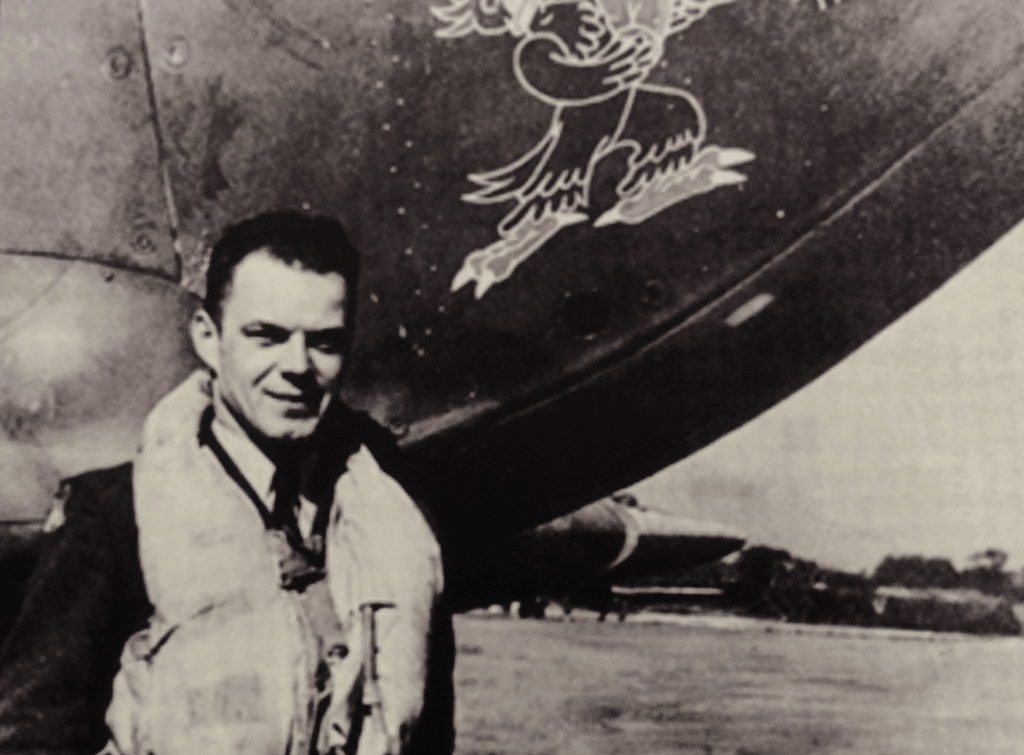
Honoring the Legacy
William Dunn passed away in 1995 in Colorado Springs. Years later, the squadron he once flew with—now the 334th Fighter Squadron—held a ceremony in his honor. In July 2016, a memorial was dedicated to Dunn and the rest of No. 71 Squadron. Dunn’s family attended and donated one of his original RAF uniforms to the unit.
Having the uniform on display brought a sense of connection for today’s airmen. As one officer put it, seeing Dunn’s uniform in the squadron helped them understand they were part of a larger history. His story reminds current generations of the risks and dedication shown by volunteers who served even before their nation officially joined the war.
